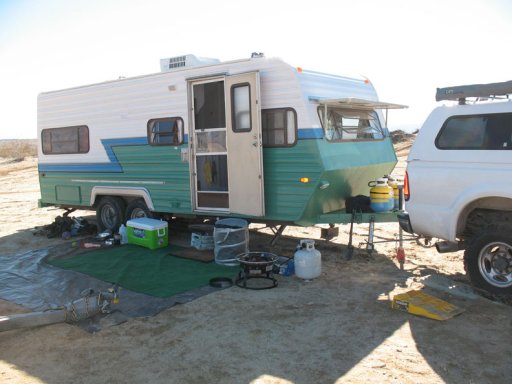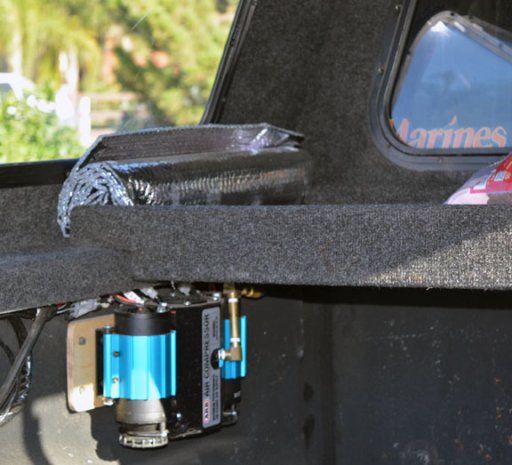First, don't confuse "overlanding" with "4wheeling!!!" Overlanding has been succinctly described as "vehicle-dependent travel," which specifies nothing about terrain. My wife and I once rented a cabin in the Appalachian Mts off a paved road where I think we still only saw 2 other vehicles in 8 days. All we did is hike and drink and...stuff. There are probably a million miles of paved, gravel, and dirt roads traversable in a commuter vehicles that will take you to places you could walk around naked for a week and not be bothered.
Still, while I am a constant advocate of using what you have, I would second the caution of blanket statements like the above. My wife's 4Runner TRDP can operate in any of the above-described "1" through "3" wheel-drive modes. While it is surprisingly capable in 2WD with the rear locked, it is absolutely more controllable, smoother, and still moderately more capable in "regular" 4WD. Where even regular 4wd shines is on smoother low-traction surfaces. My wife knew nothing about 4WD or anything offroad until getting her 4Runner, and after a few short discussions she had was taking it out all the time by herself through mild trails to let the dogs go play in the woods. In experimenting, she once commented how it is much easier to drive through patches of deep sand with it in 4WD than in just 2WD with the diff locked. Having tested this myself, I can confirm that while I never got stuck in locked 2WD in those sand traps, the truck does have to work a lot harder (higher throttle positions, etc).
I used to teach physics before I started flying, and am a Mensan. While the explanation of differentials is not incorrect, it is, however, incomplete. Yes, in the rocks, or other cases where significant "crossing-up" occurs AND you are traveling at very slow speeds, an all-open 4WD is going to quickly become a "2WD," as described. However, at slow-ish speeds (say, 7 to 15mph), on undulating or waahboard trails, and especially on deeper sand or modest mud , a regular 4WD is still applying some power to any wheel touching the ground at all as long as only the tires are on the ground.
In short, especially in deep sand or modest mud or snow, any 4WD is going to be much smoother and "gentlemenly" than a souped-up 2WD. This is especially true when, on a rainy night or snowy road, the person with 4WD doesnt have to stop and air-down at the entrace to that 3 miles of forest road to the campsite.
ALL THAT SAID
Again, there are plenty folks on here with basic commuter vehicles enjoying all sorts of remote places every weekend, while guys like me with MTs and hi-lift jacks across the hood go months at a time miserably mall-crawling through what seems like an endless grind. So, don't let 2WD disuade you in any way. However, it is a bit optimistic to try to put them on completely equual footing, especially when you consider a 4WD can typically go much farther without airing down.
*edit*
To be honest, though, I have been on plenty of woods trails here in the SE where the limitation was not in the driveline, but in ghe driver's willingness to accept scratches in the paint! So again, your free 2WD will take you plenty of places :D . And, yes, locking the rear would be a major step up in capability, as would the ability to air down and, finally, aggressive tires.












